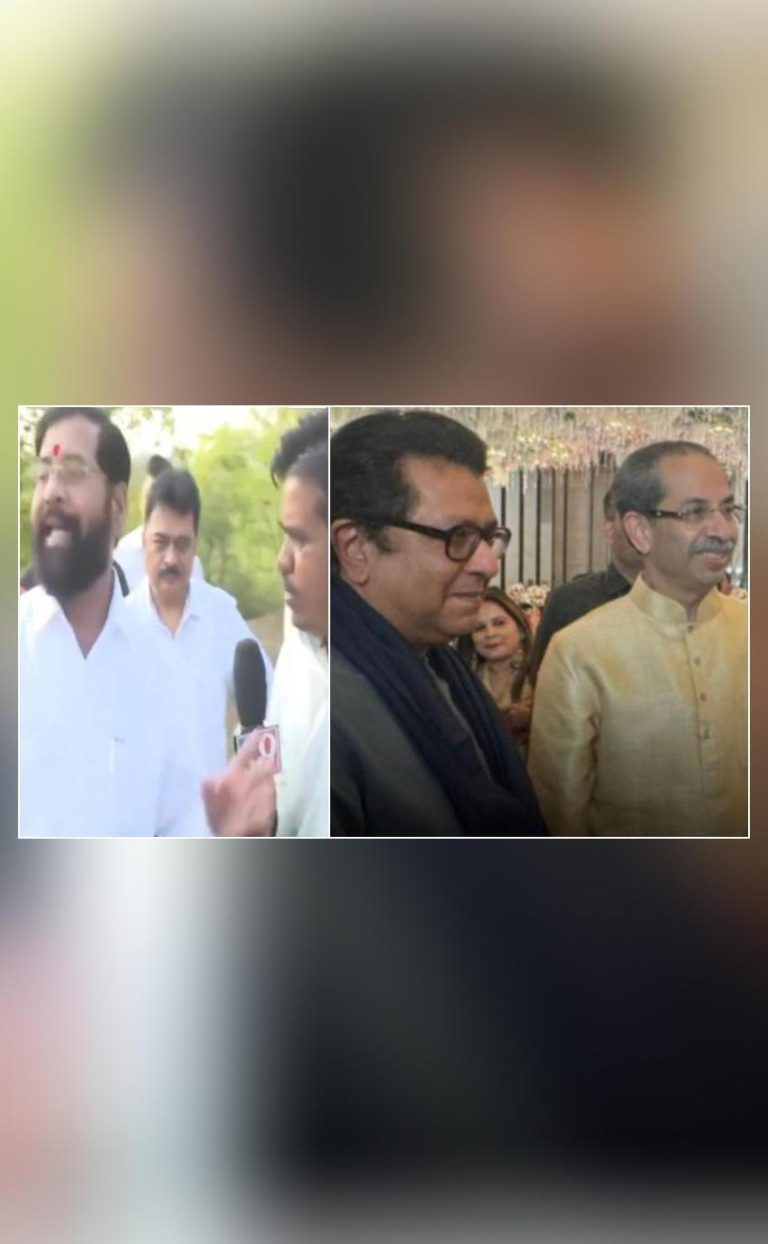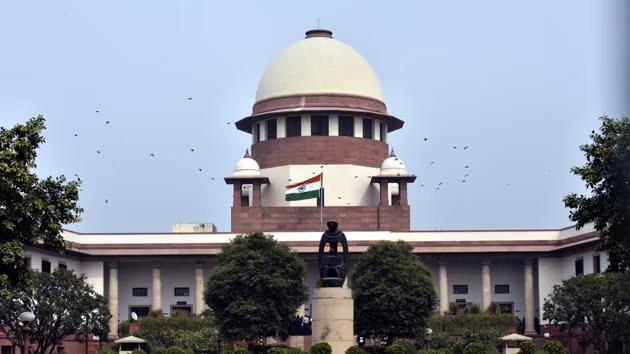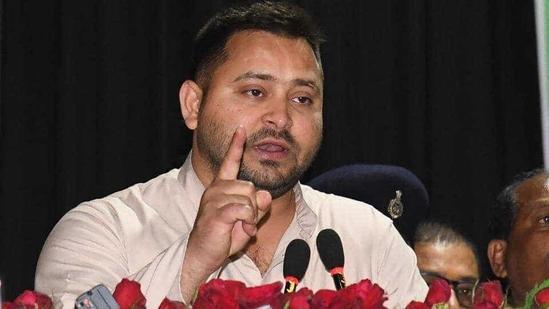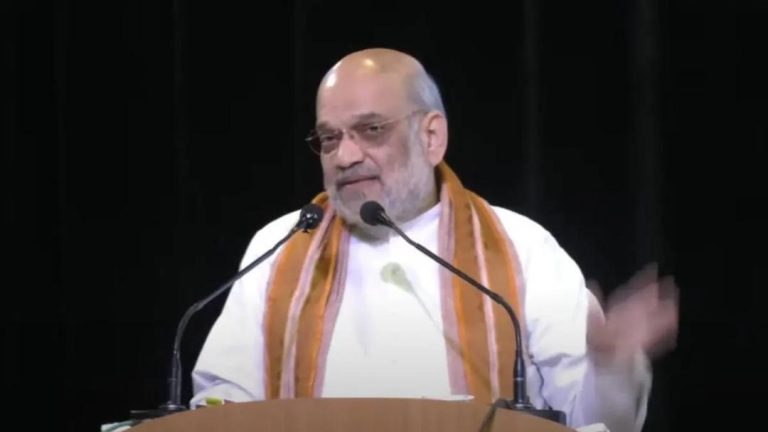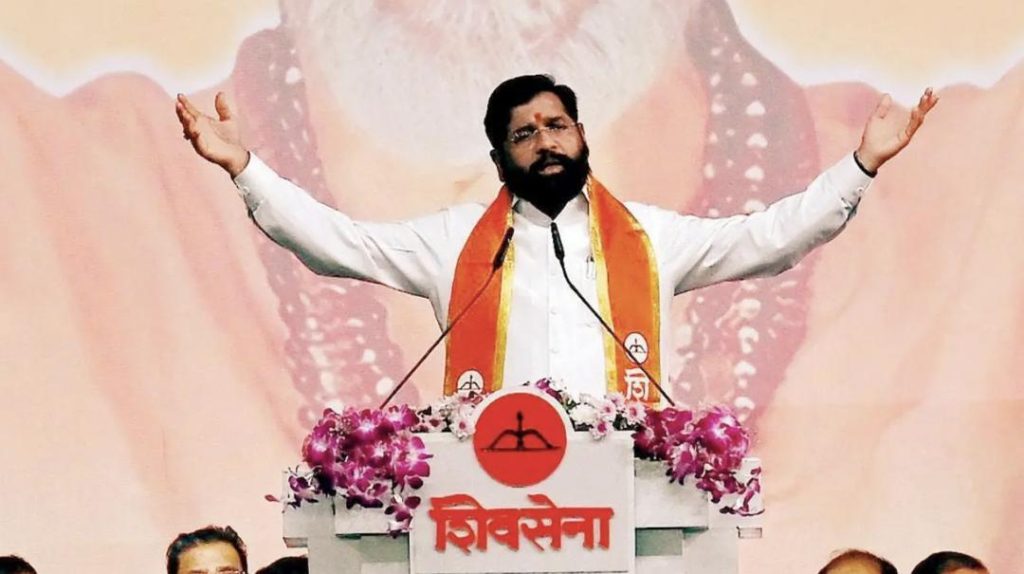
Even US Didn’t Bury Osama: Eknath Shinde on Aurangzeb’s Tomb Row
A heated debate has been raging in Maharashtra over the tomb of Mughal Emperor Aurangzeb, with Deputy Chief Minister Eknath Shinde weighing in on the issue. Shinde’s comments have sparked outrage among historians and scholars, who argue that Aurangzeb’s legacy should not be judged solely on his religious beliefs. In this blog post, we’ll delve into the controversy surrounding Aurangzeb’s tomb and explore the Deputy CM’s comments.
The row began when the Maharashtra government announced plans to demolish the tomb, citing its alleged connection to Aurangzeb’s alleged persecution of Hindus. The decision sparked widespread outrage, with many historians and scholars arguing that Aurangzeb’s legacy was being unfairly maligned. According to them, Aurangzeb was a complex figure who played a significant role in shaping Mughal history, and his tomb should be preserved as a symbol of India’s cultural heritage.
However, Deputy Chief Minister Eknath Shinde has taken a different stance. In a recent statement, he questioned the need to glorify Aurangzeb’s legacy in Maharashtra, saying, “Who is Aurangzeb? Why should we allow his glorification in our state?” He further added, “Even the US, after killing Osama bin Laden, ensured that he was not buried on their land. They disposed of him into the sea to prevent any glorification.”
Shinde’s comments have sparked widespread outrage among historians and scholars, who argue that Aurangzeb’s legacy should not be judged solely on his religious beliefs. They point out that Aurangzeb was a complex figure who played a significant role in shaping Mughal history, and his tomb should be preserved as a symbol of India’s cultural heritage.
One of the key issues at stake is the legacy of Aurangzeb’s reign. While some historians argue that he was a brutal ruler who persecuted Hindus, others argue that he was a skilled administrator who brought stability to the Mughal Empire. Regardless of his reputation, Aurangzeb’s tomb is an important cultural and historical landmark, and its destruction would be a significant loss for the state.
Shinde’s comments have also been criticized for their lack of historical context. By comparing Aurangzeb’s tomb to Osama bin Laden’s burial, Shinde has downplayed the significance of the Mughal Emperor’s legacy and the cultural importance of his tomb. This has sparked outrage among historians and scholars, who argue that Aurangzeb’s legacy should not be judged solely on his religious beliefs.
The controversy surrounding Aurangzeb’s tomb is not new. In recent years, there have been several attempts to demolish the tomb, citing its alleged connection to Aurangzeb’s alleged persecution of Hindus. However, these attempts have been met with widespread opposition from historians and scholars, who argue that the tomb should be preserved as a symbol of India’s cultural heritage.
In conclusion, the debate surrounding Aurangzeb’s tomb is complex and multifaceted. While Deputy Chief Minister Eknath Shinde has questioned the need to glorify Aurangzeb’s legacy in Maharashtra, many historians and scholars argue that the tomb should be preserved as a symbol of India’s cultural heritage. The controversy highlights the importance of preserving our cultural heritage and the need for a nuanced understanding of historical figures like Aurangzeb.
